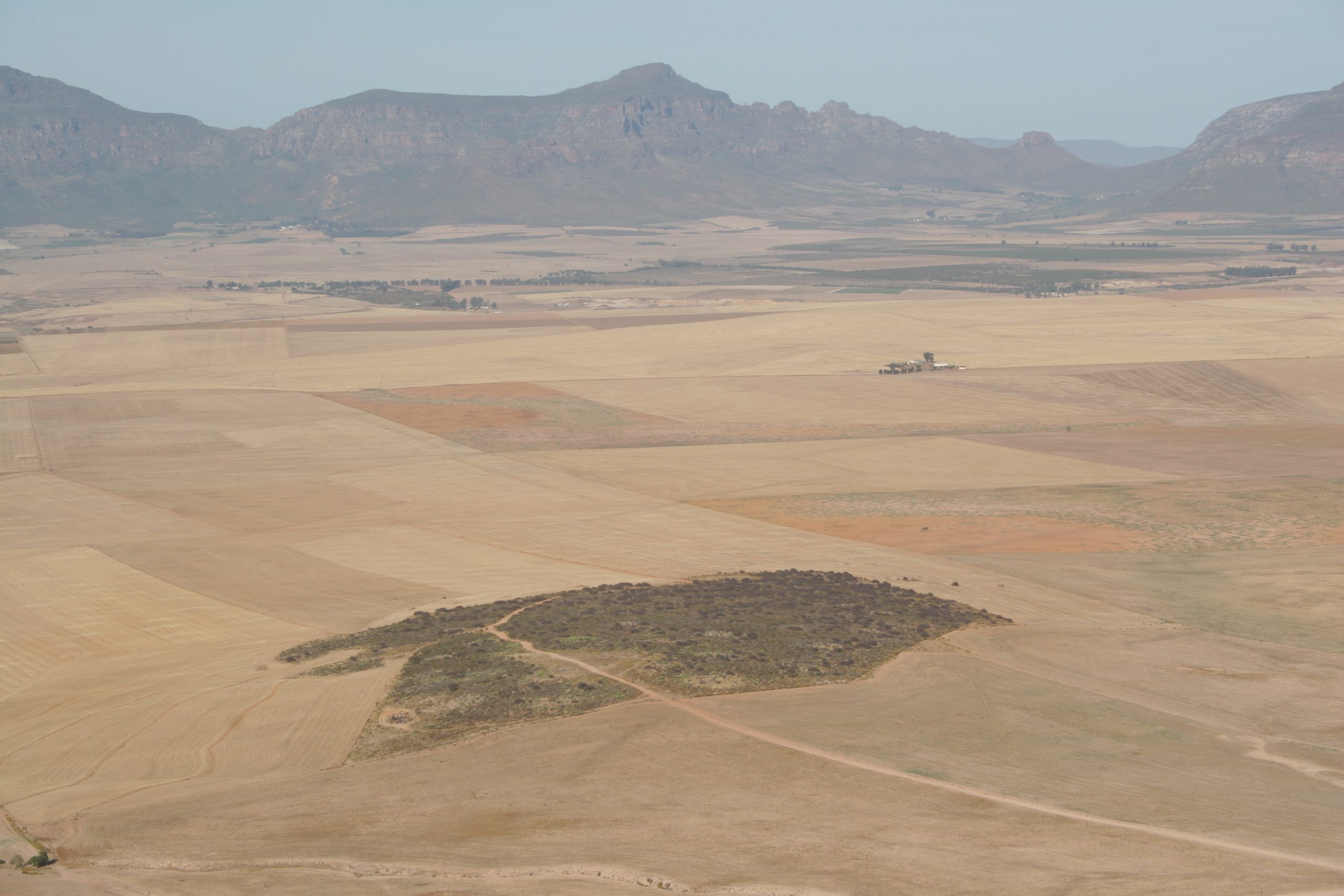The influence of human activities on biodiversity is extensive and worldwide. In fact, there may not be any untouched region as the impacts of anthropogenic climate change and occurrences of biological invasions are ubiquitous across biomes. Although these concerns have resulted in multiple international reports as well as global assessments and debates, information for some regions of the world is consistently limited or poorly represented. In a recent publication in the journal Philosophical Transactions of the Royal Society B, C·I·B Director Prof. Steven Chown has reviewed current evidence of temporal changes in terrestrial biodiversity in southern Africa associated with anthropogenic activities. The paper highlights specific studies that emphasize biodiversity change due to five recognized global environmental change drivers: habitat alteration, exploitation, climate change, biological invasions and pollution.
First, in most of southern Africa, prominent habitat alterations include habitat conversion for agriculture and urban settlements. Studies that use spatial patterns to substitute temporal effects to highlight habitat alteration impacts, such as comparisons between untransformed protected areas and transformed landscapes, indicate that there are consistent differences in species richness and abundance between transformed and untransformed areas, with more temporal changes to biodiversity in the former. Despite the value of protected areas, responses to habitat alteration are complex as they can be non-linear and context specific (for example, existing number of trophic groups, human interventions and species interactions). Studies that incorporate long-term monitoring or experiments have provided additional insights into the influences of management on conserving biodiversity. These studies also highlight the complexity of multiple biotic and abiotic factors (for example, climate changes, animal density, prey-predator dynamics) that can differ markedly through time and across regions.
Second, some trends are available for animal exploitation in southern Africa. For example, the number of large mammals has decreased significantly by comparison with the late eighteen and nineteen centuries. The exploitation for subsistence, either directly or indirectly from by-catch, continues in many areas, as well as the growth of ecotourism and commercial hunting. Introduction of species for the latter has caused species range expansions and homogenization of the fauna.
Third, in relation to climate change, a limited number of studies report impacts of global warming on species life-histories or distributions in southern Africa. In several cases, species distributions and richness have been shown to be strongly influenced by water availability and/or temperature gradients. However, predictions on the responses of organisms to climate forecasts are generally difficult, particularly due to the complexity of predicting future precipitation changes in the region.
Fourth, for biological invasions, those involving vascular plants have been well studied in comparison to other taxonomic groups for the region. Among the facets that have been well studied are the elucidation of pathways and vectors that resulted in introductions, and the factors that have led some alien species to become invasive and alter biodiversity locally and the region. Animal invasions have been less thoroughly investigated but, as for plants, several studies highlight that often complex interactions or the summation of factors (such as direct introductions, indirect facilitation and climate change), contribute to overall invasion effects and impacts on biodiversity.
Finally, in the case of pollution, a variety of studies have reported high heavy metal loads, pesticides and nutrient levels, mostly in freshwater systems. However, reports on their effects on biodiversity are limited. Recently, the contribution of elevated CO2 on terrestrial systems has been identified as the main driver of thicket encroachment in the Hluhluwe-Imfolozi area of South Africa. These results have possibly profound implications for similar changes across southern African landscapes.
This timely review serves to highlight the complexity and diversity of key issues underlying biodiversity change in southern Africa and is a reminder that the region is not immune to recognized global environmental threats.



